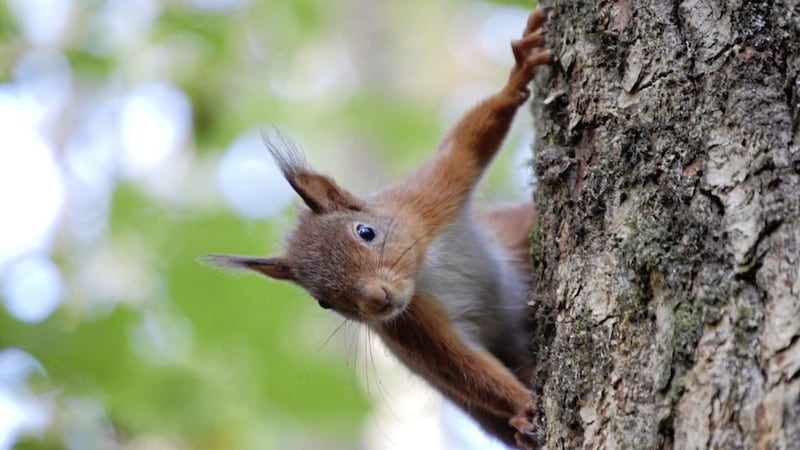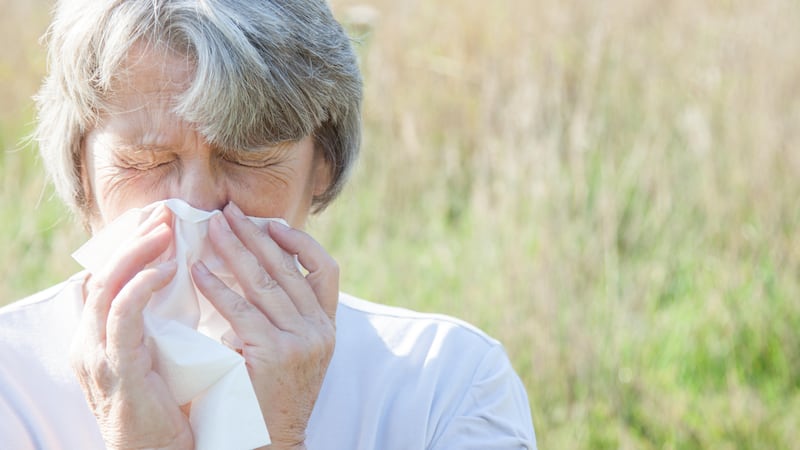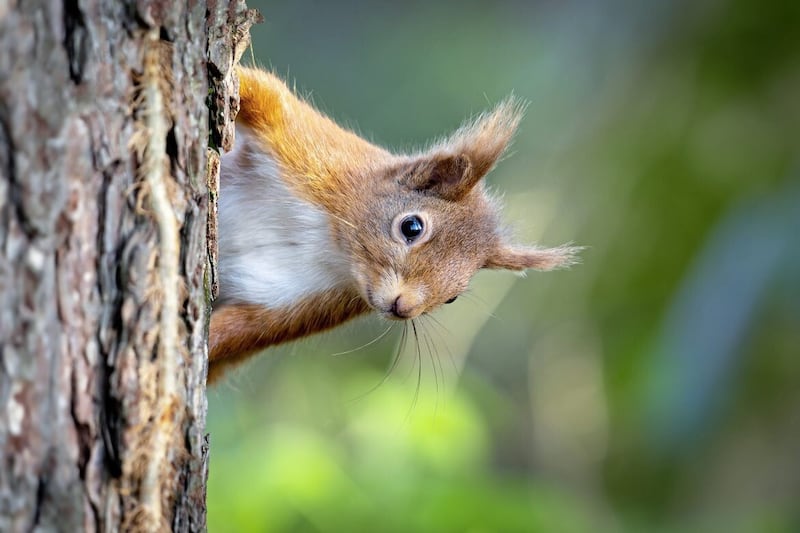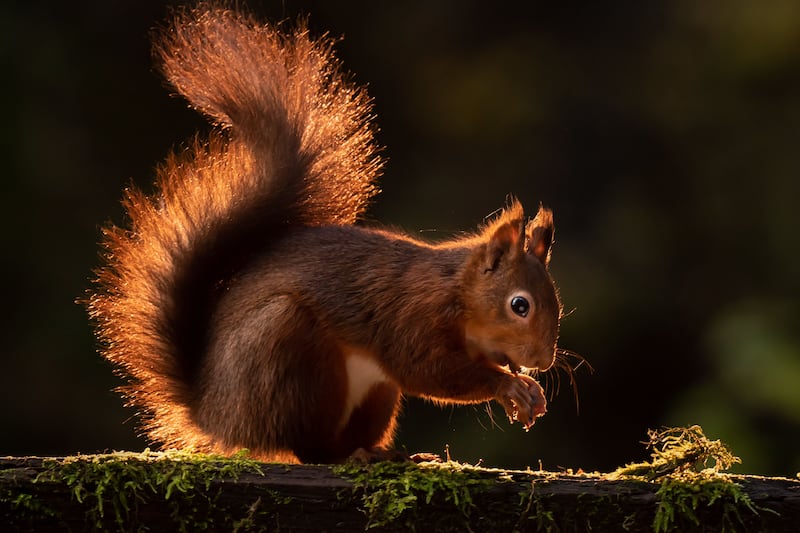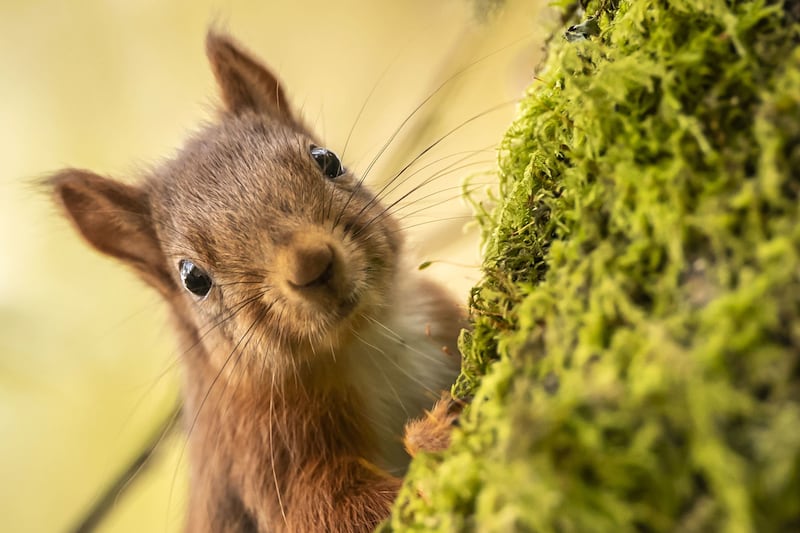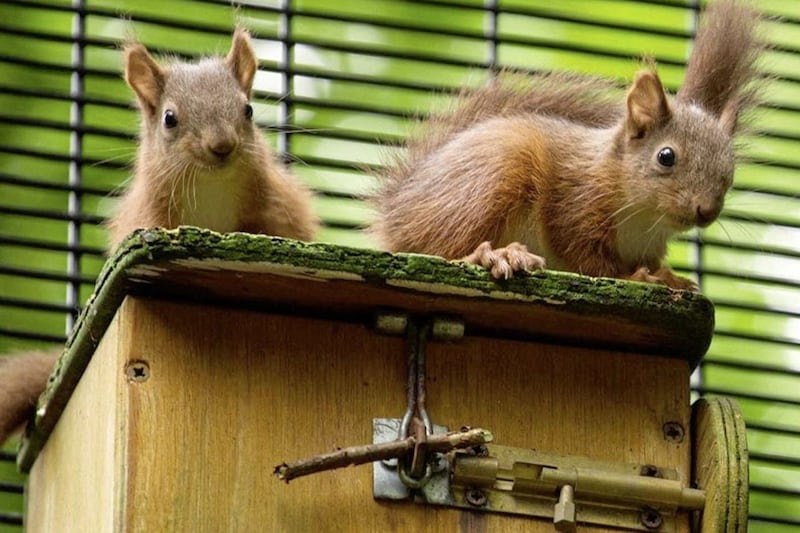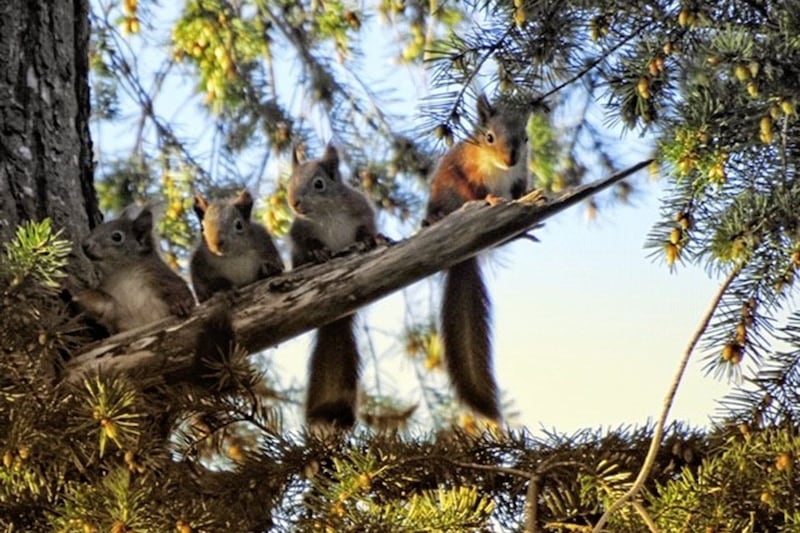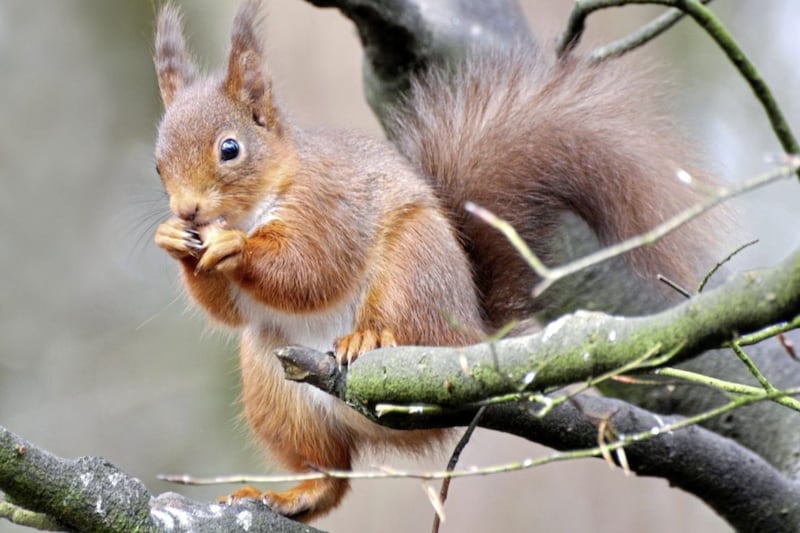RED squirrels are reclaiming a coastal peninsula in Co Down after a major environmental drive to save the under-threat species.
Red populations have been all but wiped out in most parts of Ireland after a century-long takeover by the invasive grey squirrels, started when they were first brought to the island as an ill-considered wedding gift.
Volunteers have battled to secure the Ards peninsula as one of the reds' last remaining strongholds.
The historic Mount Stewart estate on the shores of Strangford Lough has led the fightback.
The grounds of the 19th century National Trust home were once famous for the amount of red squirrels that lived there, but in recent years numbers plummeted.
An effort to reverse the decline started in 2015 when newly appointed National Trust area ranger Toby Edwards took on the task.
He has been working with volunteer groups and private landlords across the wider peninsula to try to save the reds.
The geographic isolation of the peninsula had left it as one of the few remaining pockets on the island of Ireland where reds still lived in good numbers, but Mr Edwards said the greys finally made it to the area earlier this decade, displacing reds as they moved down its length.
"There are many a story from the family that lived here at Mount Stewart of having red squirrels coming up to their bedroom windows - you would have almost been tripping over them on the estate - but that rapidly started to decline very quickly from 2010 onward," he said.
In 2015, the population was measured as low as 10 individual squirrels in Mount Stewart's 600 acres of woodland.
"That was like the last stand," said Mr Edwards.
An intensive National Trust-funded programme to save the species - involving a major grey cull and the creation of a buffer zone to ensure they stay away - has sparked a red recovery across the peninsula.
At Mount Stewart, where Mr Edwards and his team provide supplementary food supplies through the winter months, the red population has quadrupled in four years and now stands at an estimated 40 to 45.
The ranger said visitors to the grounds are now being wowed by the number of reds. A special viewing hide has been built to give people the best chance of seeing them.
"Now with those numbers back and restored our visitors are seeing them regularly," said Mr Edwards.
"A lot of people have never seen a red squirrel before, it's almost this kind of mythical animal to them - something in the Beatrix Potter and Enid Blyton books.
"They are so used to seeing the urban grey squirrel everywhere so that's been fantastic to be able to have those experiences."
The buffer zone stretches across the top of the peninsula from Newtownards to Millisle.
Monitoring technology - ranging from motion cameras to fur-capturing sticky pads on feed stations - is placed throughout the zone, to ensure any potential return of the grey is quickly identified.
Mr Edwards said vigilance is key, highlighting the risk posed by a disease-carrying grey.
"All it could take is just one grey incursion and that grey carrying the squirrel pox virus and it could decimate the population we have left," he said.
The ranger said while some people are uneasy about the killing of greys, he insisted there is a general acceptance that clearances are necessary if the reds are to be saved.
"The most negative comment I've had in the last four or five years is, 'I don't like it, but I understand why'," he added.
"The overwhelming visitor feedback and experience at Mount Stewart has been fantastic and has been really rewarding for us as a team, and the volunteers putting in hours and hours of effort to protect the red squirrel population here and rebuild it."
